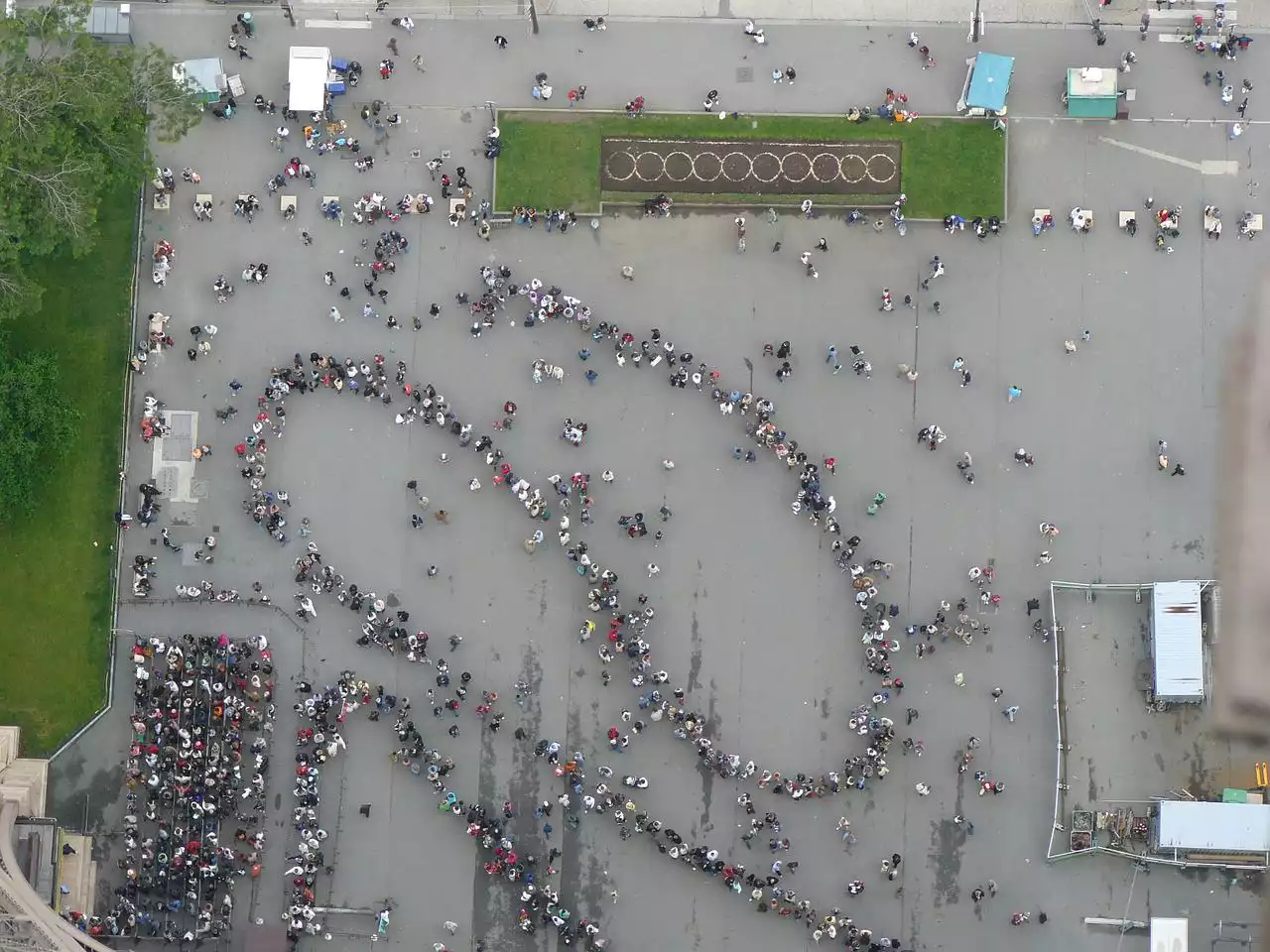The Eiffel Tower is a massive, iron-and-glass structure in Paris that dates back to 1887. It’s one of the most famous landmarks in the city and one of the most photographed structures in Paris. But there’s more to it than that. The Eiffel Tower has been an icon of Paris for more than 200 years and has played a key role in keeping the French capital city’s history alive. Its construction was funded by Albert Einstein, who spent a night at its construction site on November 9, 1883. Einstein was so taken by the structure that he dedicated his 1912 book The Theory of Relativity to it! So, what makes this landmark so iconic? Let’s take a look.
The Eiffel Tower: What makes it so famous?
The Eiffel Tower is a massive, iron-and-glass structure in Paris that dates back to 1887. It’s one of the most famous landmarks in the city and one of the most photographed structures in Paris. But there’s more to it than that. The Eiffel Tower has been an icon of Paris for more than 200 years and has played a key role in keeping the French capital city’s history alive. Its construction was funded by Albert Einstein, who spent a night at its construction site on November 9, 1883.
Einstein was so taken by the structure that he dedicated his 1912 book The Theory of Relativity to it! So, what makes this landmark so iconic? Let’s take a look:
How it got its name?
The Eiffel Tower is one of the most famous landmarks in Paris and is also known as la Tour Eiffel. The official name of the structure is la Tour Eiffel or the Eiffel Tower. The name comes from the French word “eau,” which means “water,” and “i,” which means “a.”
The name is about the fact that the structure is made of glass and iron, which gives it its name. Other names the Eiffel Tower has come under include being the handiwork of engineer André Savin, who built the structure in 1887, and perhaps most famously, as a front for the invading Germans in World War II.
The Eiffel Tower today
The Eiffel Tower was completed on October 26, 1889, and is one of the most recognizable and recognizable buildings in the city of Paris. It has been an important part of Parisian life since it was completed over 100 years ago. It is also the most recognizable building in the city since the Eiffel Tower, which is why it has such a long history and its name is so well-known.
The Eiffel Tower is currently a working structure, meaning it is only scheduled to serve as a communauté urbaine until 2024. While it will still be the most recognizable building in the city, it will also be 8th in architectural prominence, ranking just below the Espace de Paris (the city park) and Gare du Nord. There will be a large collaboration between the city of Paris and the Eiffel Tower Company, which will be led by Cœur d’Orie (heart of osmanthus).
How to get there from Paris
Getting to the Eiffel Tower is not an easy task for many travelers. The best way to get there is to pre-book a trip on Air France’s Paris–Suisse flight. The flight leaves from Paris’s Charles de Gaulle airport every Monday and Thursday and returns to Paris’s Gare du Nord on the weekends. You can also catch a flight from Geneva or Zurich.
You can get there from Paris by car, by train or by air. The easiest and most comfortable way to get there is to take the A6 autoroute from Paris to Beauvais, which runs from about 18 miles to the east and continues for about 120 miles. From Beauvais, you can take the A9 autoroute heading toward Orléans or Dijon. Once you’re in the Loire region, you can take the A10 autoroute to Lallemand or Dijon-Beauvais.
The history of the Eiffel Tower
The Eiffel Tower is a modern marvel, but back in 1887, its origins can be found in an earlier age. The Eiffel Tower was begun as a collaboration between the French and English architectural schools and was completed in 1887 as an extravagant and revolutionary work of art.
At the time, it was the largest and most expensive wooden structure in the world, and it represented a great new way of looking at architecture. The Eiffel Tower was inspired by the palaces and temples of Ancient Egypt, and its design honed the principles of proportion and volume, the Eiffel Tower is beautiful, but it’s not the most inspiring thing in the world.
The meaning of the Eiffel Tower
The Eiffel Tower is often seen as a warning against man’s over-arching presence in the world, but there are multiple meanings behind its name. The first and most obvious meaning is “water,” which is why the Eiffel Tower is called “the water tower.” It’s also called “the great and the good’s house.”
The Tower is also known for being a tourist attraction, with hundreds of thousands of visitors coming to see the structure each year. This is likely why the name has become associated with good luck and fortune. The two most common meanings people give the Eiffel Tower are “to end all things” and “to be the hero.”


 Top 15 Iconic French Rap Anthems of All Time
Top 15 Iconic French Rap Anthems of All Time
 The Ultimate Guide to Memorable and Trendy 18th Birthday Gifts in 2024
The Ultimate Guide to Memorable and Trendy 18th Birthday Gifts in 2024 Sentimental Father's Day Gift Ideas
Sentimental Father's Day Gift Ideas Tourists just Love Buckingham Palace
Tourists just Love Buckingham Palace The Amazing Scenery of The Grand Canyon
The Amazing Scenery of The Grand Canyon The Statue of Liberty on Liberty Island
The Statue of Liberty on Liberty Island The Acropolis is the Main Attraction in Athens
The Acropolis is the Main Attraction in Athens